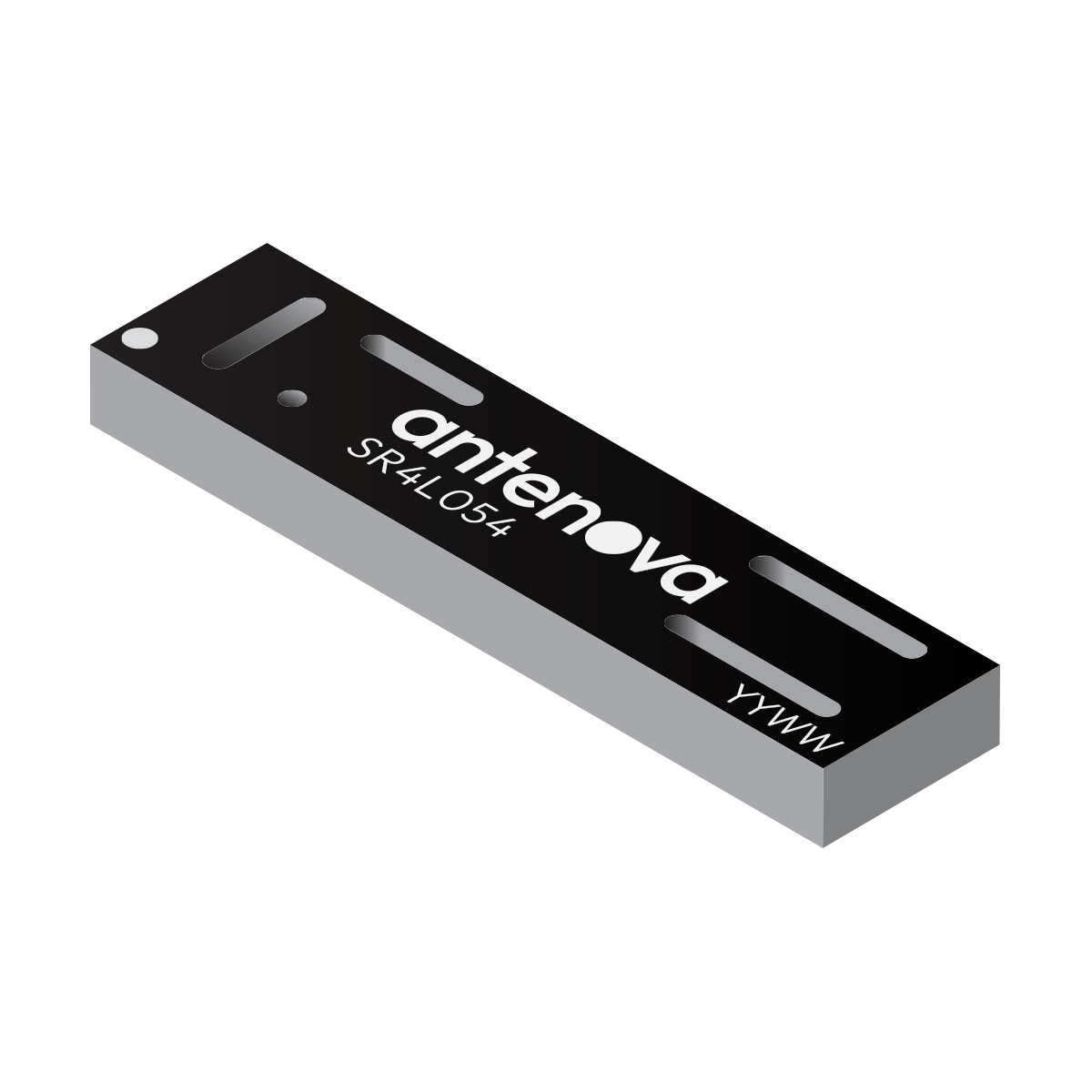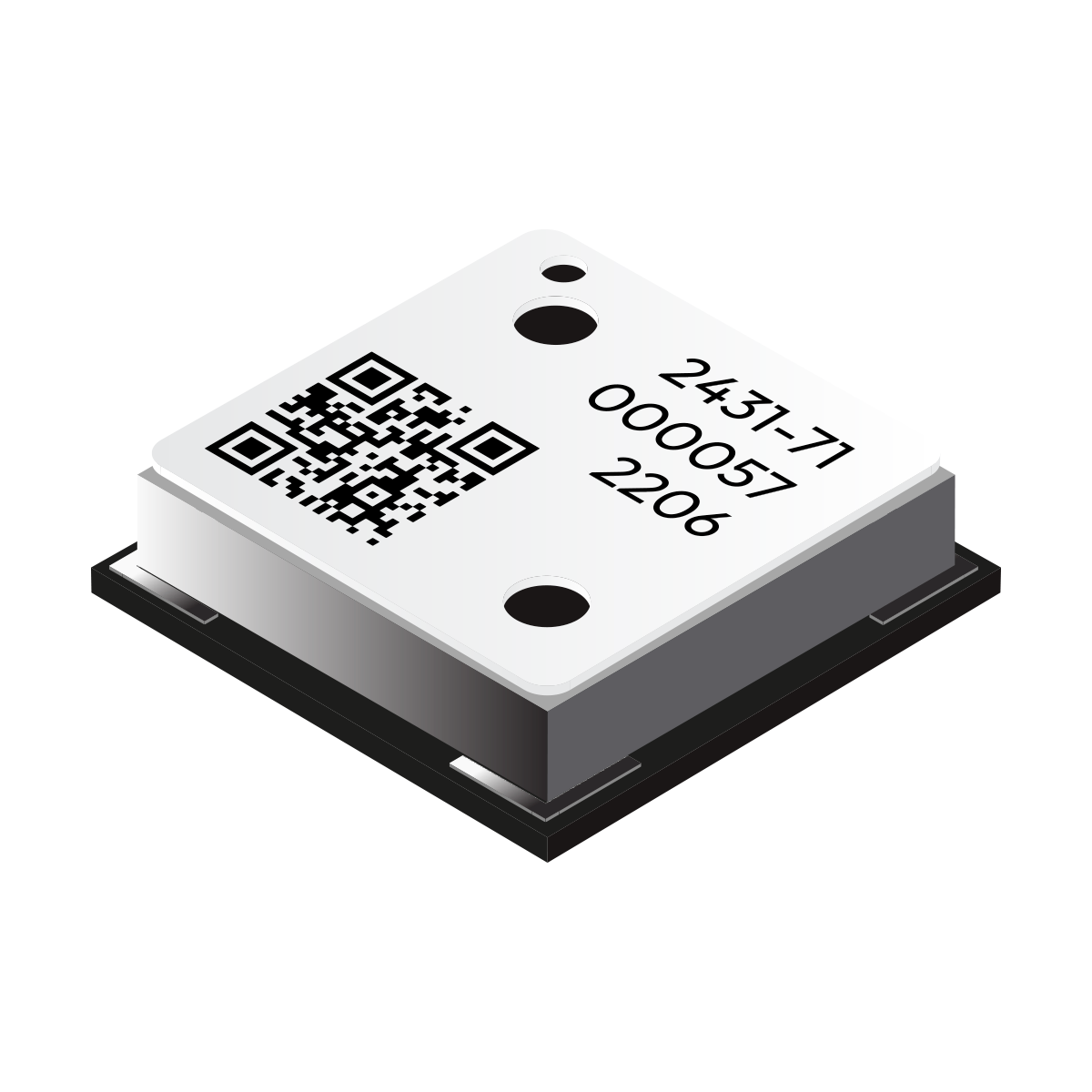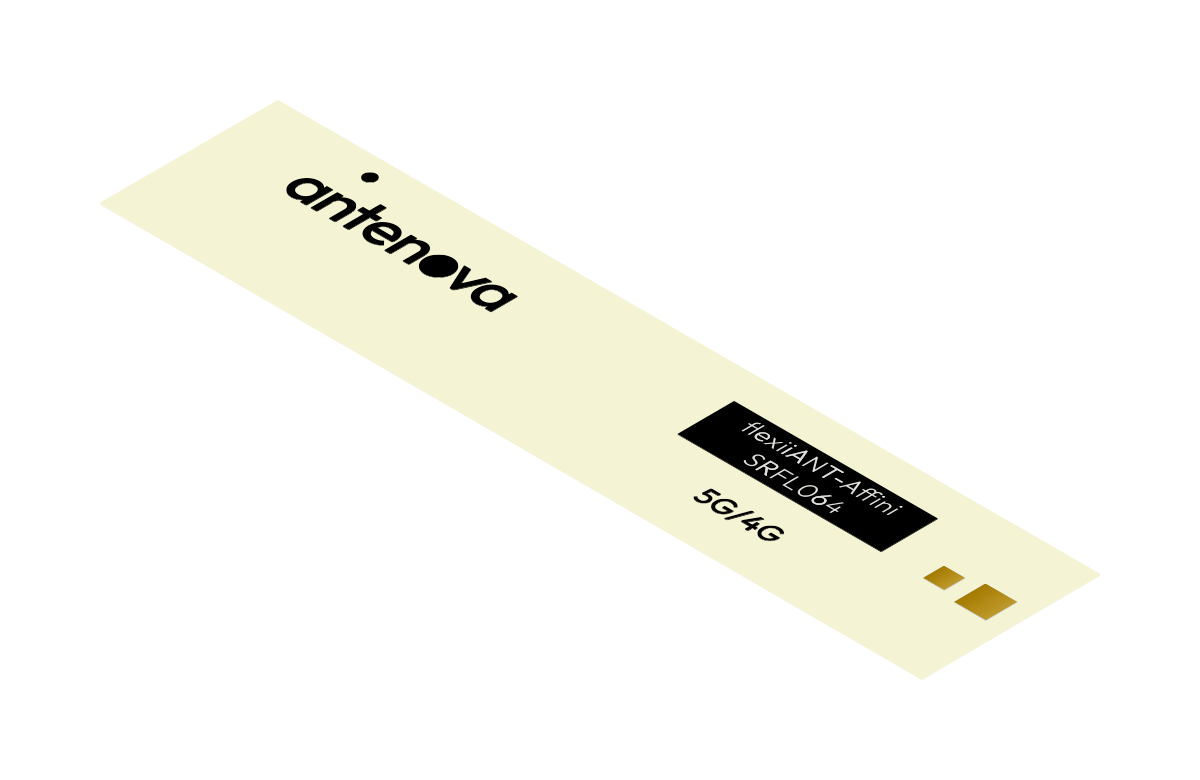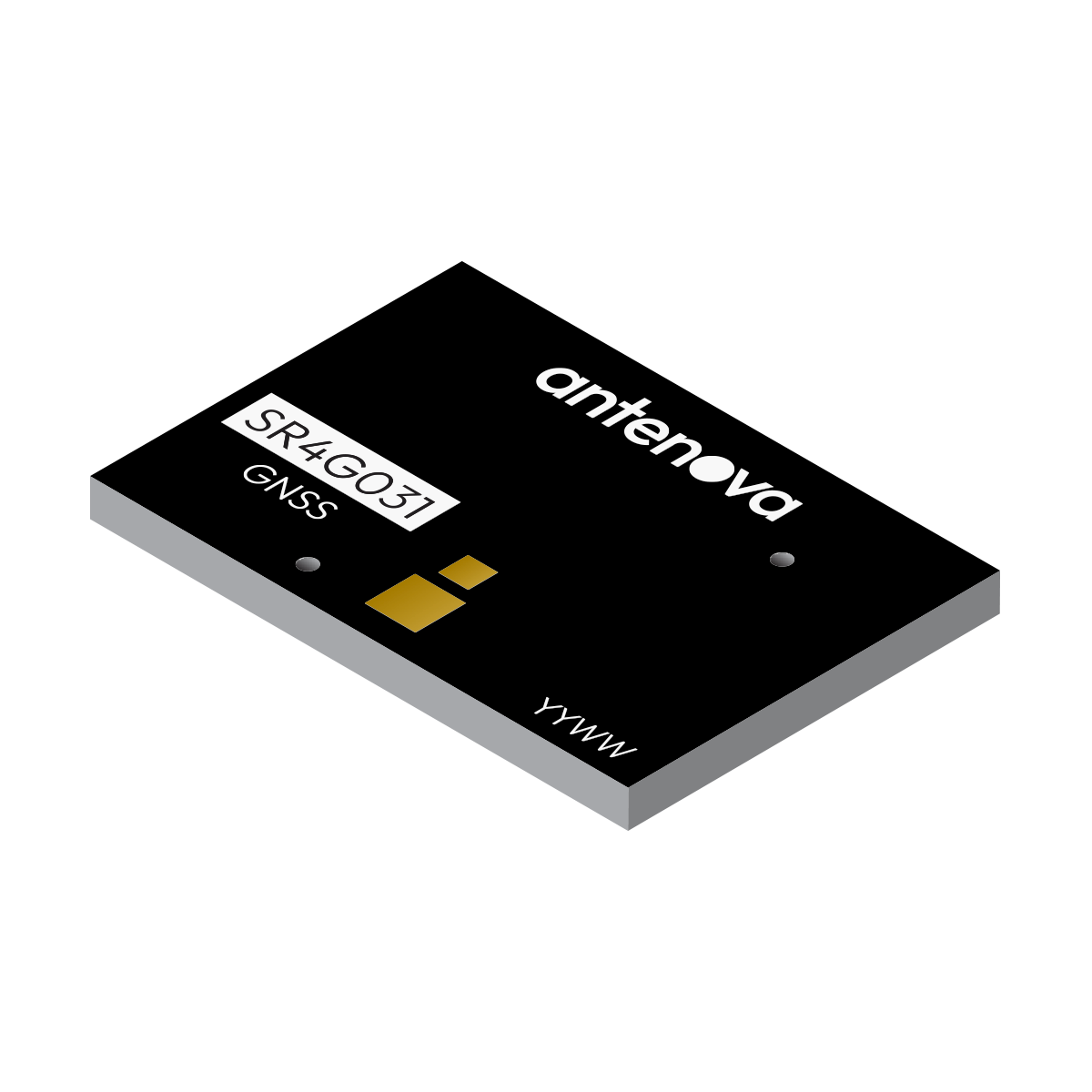Finding the right antenna
.
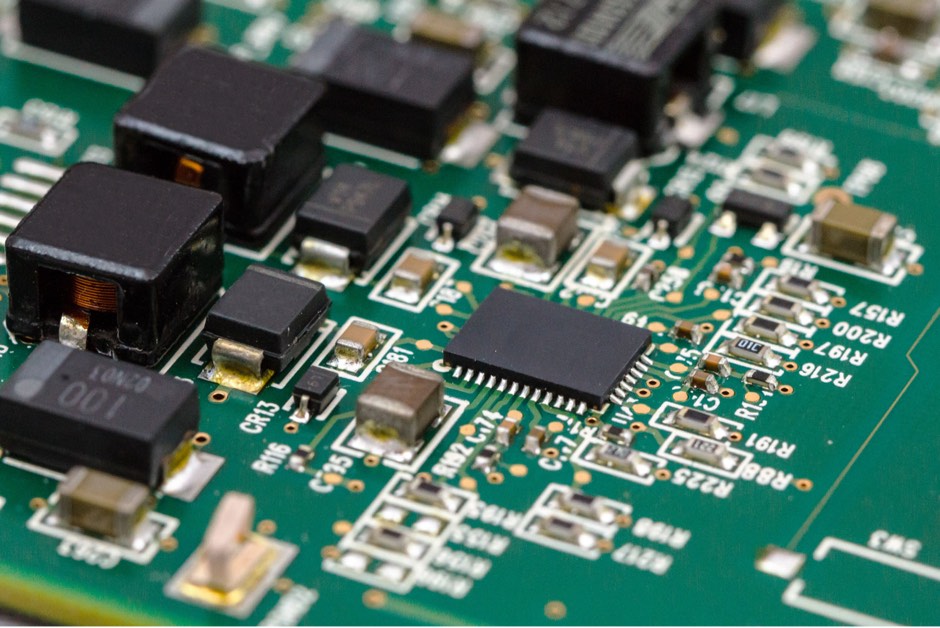
Antenna selection
Finding and integrating an antenna can be one of the most problematic steps in creating a wireless product. In any successful wireless design, the antenna’s performance is critical. However, it behaves unlike any other digital component.
There are several types, sizes and configurations of antennas available, with advantages and disadvantages to each choice.
What are the key types of antennas?
Despite the wide range of antennas available, knowing the key categories can get you well on your way to selecting the right one.
Terminal antennas
During the 1980s and ‘90s, terminal antennas (sometimes known as external antennas) were widespread. Early wireless technologies used them exclusively; they still have advantages over alternative antenna types today.
Key Benefits:
- Outperform embedded antennas across most RF parameters
- Offer higher efficiency levels
- Provide immunity from product-generated noise, as they’re located typically outside of the product’s housing
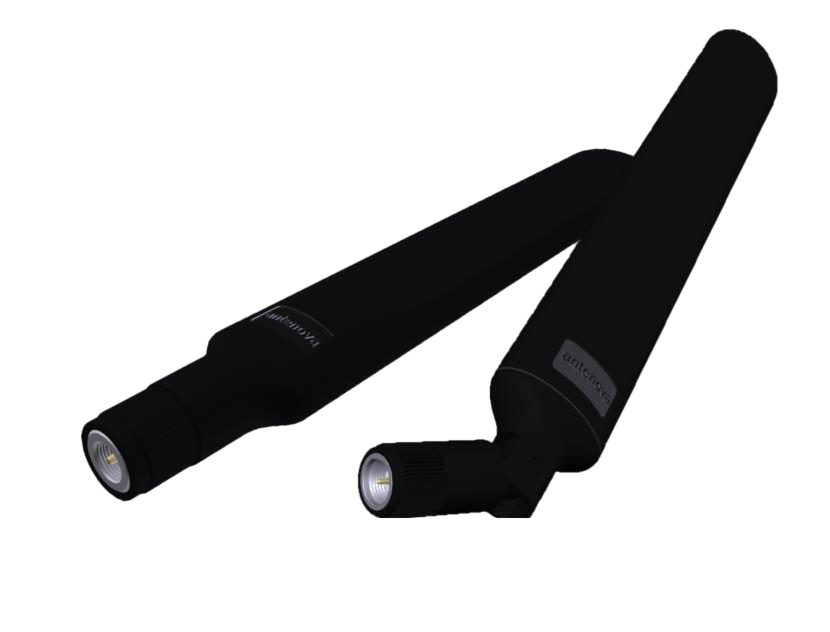
Surface-mount device (SMD)
Wireless modules
Flexible printed circuit (FPC)
Case mounted antennas
Which antenna is right for your application?
The best choice of antenna will depend on your application, PCB size, your budget, the required range and the technologies you need to support. Use our antenna selector tool to find out which antenna is best for your application.

Considerations when selecting an antenna
Antenna type
Antennas are available in a number of forms. Not just the surface-mount device forms that you see here. If you want to guarantee high levels of performance, have you considered a flexiiANT antenna? Or a case-mounted antenna? These can save space on your circuit board, while offering high levels of performance.
Wireless antennas: compared
This guide covers all you need to choose the right antenna for your project. Review pros and cons, and compare different types.
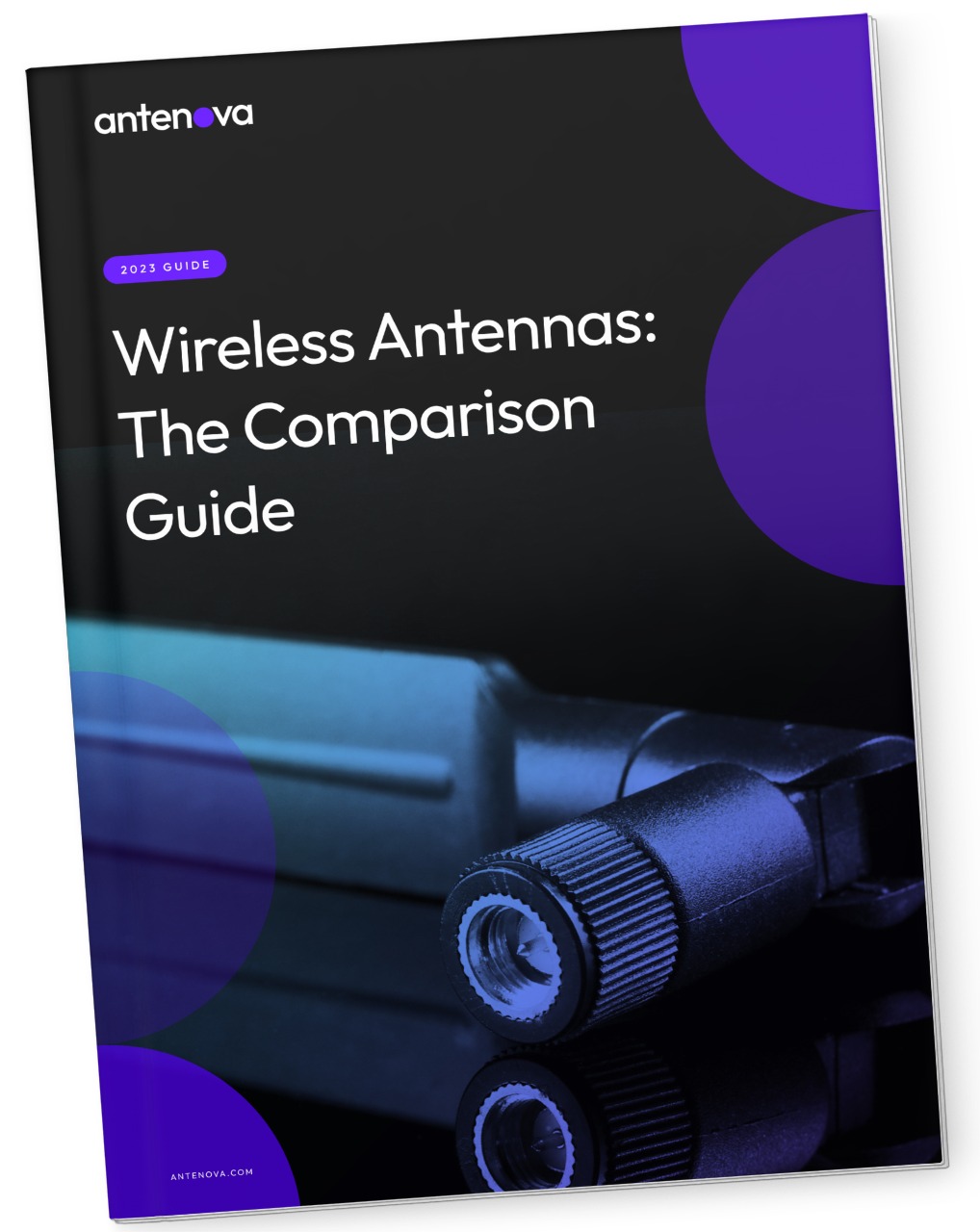
Anechoic testing by Antenova
Antenova can provide help and guidance on testing, including initial Gerber file reviews and passive testing. We also have a number of partners who can provide full network certification.
